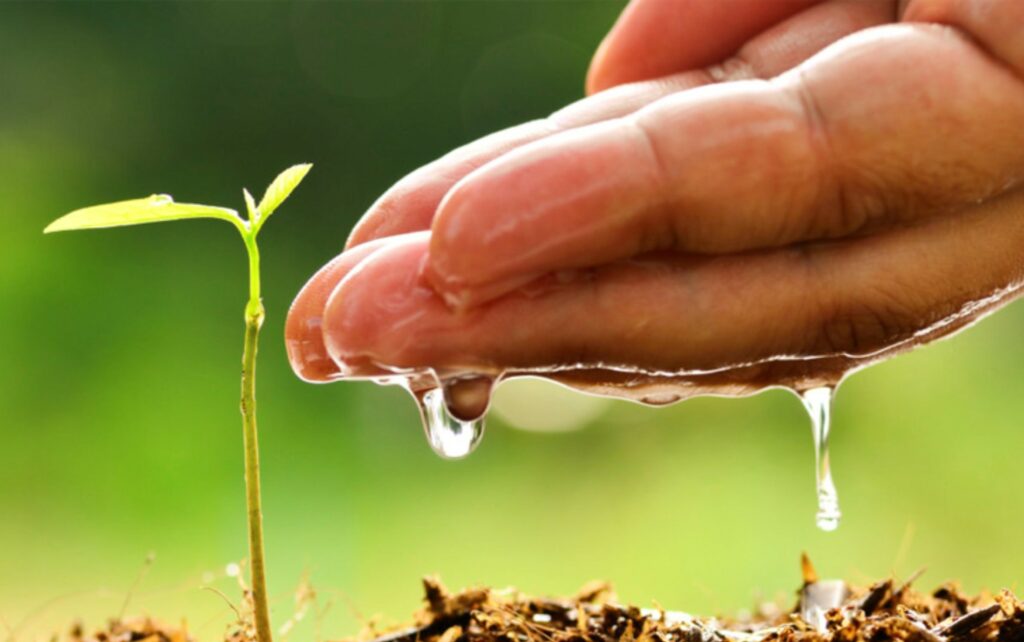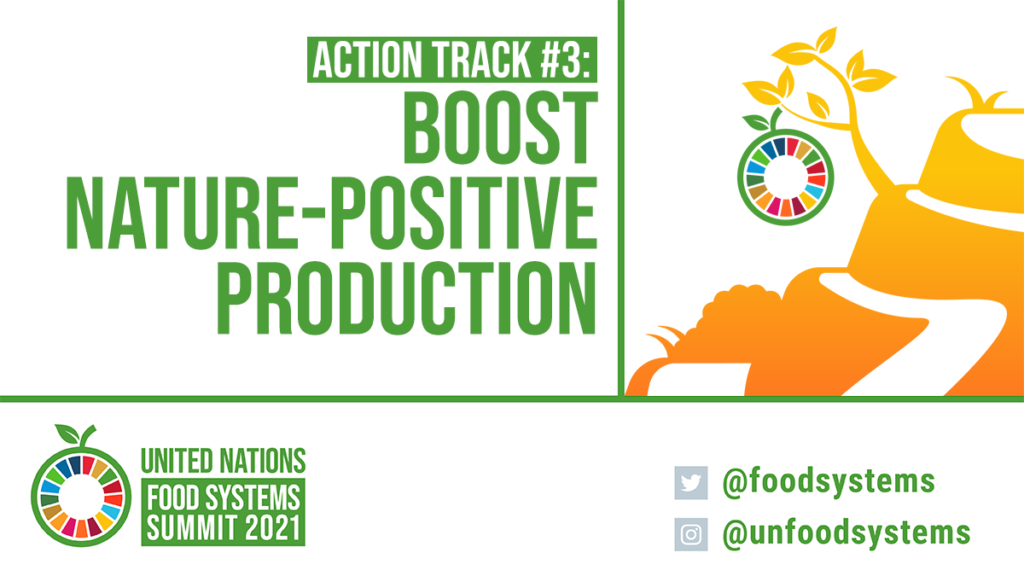
Nature is instrumental in food production, providing natural resources such as soil and water, and services that support food systems. However, a number of agricultural systems have undermined nature and driven significant changes that require technology and innovations to make for required conditions and resources to meet human needs. A few years ago, a quote by Bill Gates was more like prophecy foretold, “Innovations that are guided by smallholder farmers, adapted to local circumstances and sustainable for the economy and environment will be necessary to ensure food security in the future.” An illustration that food systems ought to produce sufficient and nutritious foods, support economic growth yet demands less from nature. A future that is certainly here and now.
The Secretary-General of the United Nations will convene for the 2021 Food Systems summit to launch bold actions to transform the way the world produces and consumes food in line with Sustainable Development Goals. In this blog, I will address one of the innovations that I consider significant in the transformation of food systems and will be key to achieve one or even more of the set track actions. The five action tracks that have seen set are listed below.
- Action Track 1: Ensure access to safe and nutritious food for all
- Action Track 2: Shift to sustainable consumption patterns
- Action Track 3: Boost nature-positive production
- Action Track 4: Advance equitable livelihoods
- Action Track 5: Build resilience to vulnerabilities, shocks, and stress
Action track 3 “Boosting nature positive production.”

Action track number three will focus on improving environmental resource use in food production, processing, and distribution, reducing biodiversity loss, pollution, water use, soil degradation, and greenhouse gas emissions. I will, therefore, look at one innovation that I deem appropriate to help meet the goals of this track action, ensure food security, and meet the world population’s demands while safeguarding natural resources.
Studies indicate that smallholder farmers, mostly living in low-income countries where agriculture is the economic backbone and a source of livelihoods, are grappling with low food production primarily attributed to soil infertility and water scarcity. The increase in temperatures due to climate change has accelerated the challenge, introducing new pests and disease attacking crops, leading to food insecurity, low income, and poor health (malnutrition) due to poor food quality. Some traditional farming practices such as slash and burn common among smallholder farmers have not spared nature. The result is soil infertility, biodiversity loss due to land expansion as the soil becomes less productive.
Innovations and technologies have been introduced in agriculture to accomplish food security, ranging from plant breeding to irrigation technology and inorganic fertilizer. However, increased inorganic fertilizer use eventually degrades the soil, while irrigation systems use approximately 70% to 90% of Water. Practices that are highly nature dependent. We require innovations that can produce more food embracing all these other interventions, yet less dependent on natural resources. The concept of hydroponics, a not-so-recent system, traced back to ancient Babylonian hanging gardens is critical in reducing environmental degradation and resource depletion associated with current food production trends.
What is Hydroponics?
Hydroponics can be defined as growing crops in water containing all the required nutrients, with absolutely no soil involved, and developed in small spaces. It is a concept that may sound weird at first, but something noteworthy is its efficiency in water use despite depending mostly on it, approximately 95%. The catch is on water recycling.
The term hydroponics consists of two Greek words; ” hydro, “meaning water, and ” Ponos,” meaning labor. The systems are diverse, ranging from aeroponics where a plant is suspected in the air while nutrient-rich solutions supply the root to others such as ebb-flow, deep water culture, and nutrient film technique (NFT). The approach also integrates other forms of agriculture, such as aquaponics. The growing of fish and crops using the same system. Quite efficient!

Figure 1: hydroponics systems Source: Wootton-Beard (2019)
The system presents an ideal solution to farmers in regions with environmental constraints. The fact that the plant growth takes less time and cultivation is all-year-round is food security assurance. Additionally, how all-encompassing the systems can offer more options. Smallholder farmers can set up greenhouses through cooperatives, while affordable plans in the backyard are feasible using locally sourced materials.
The zero-use of soil entails less labor, farm inputs, and extensive use of natural resources like Water which are the characteristics highly associated with traditional farming. Farmers can grow enough nutritious foods to support livelihoods while contributing to environmental sustainability.

Figure 2: Different Plants grown using hydroponics Source: Wootton-Beard (2019)
The technique can boost food production and relieve the environment from the burden of biodiversity loss, soil degradation, and GHG emissions because farmers can manipulate the system. Soluble and quantified parameters like nutrient content are affordable, reducing the pressure exerted on the economy, saving governments resources spent on fertilizer and pesticides’ huge incentives.
Hydroponics can produce sufficient food to feed people, and excess sold to support livelihoods. Despite having limitations, like any other system, I feel that the benefits are significant compared to the traditional techniques.
All we need is more research coupled with an increase in experts on board and government incentives directed towards technology and training to harness hydroponics systems’ benefits in line with the third action track for the 2021 food Summit. “Boosting nature positive production.”
Nature has always been kind towards humanity. It’s our turn to return the favor.
References
Saraswathi, D., Manibharathy, P., Gokulnath, R., Sureshkumar, E. and Karthikeyan, K. ‘Automation of hydroponics green house farming using IoT’. 2018 IEEE International Conference on System, Computation, Automation and Networking (ICSCA): IEEE, 1-4.
Sharma, N., Acharya, S., Kumar, K., Singh, N. and Chaurasia, O. (2018) ‘Hydroponics as an advanced technique for vegetable production: An overview’, Journal of Soil and Water Conservation, 17(4), pp. 364-371.
Tessema, L. and Dagne, Z. (2018) ‘Aeroponics and Sand Hydroponics: Alternative technologies for pre-basic seed potato production in Ethiopia’, Open Agriculture, 3(1), pp. 444-450.
Wootton-Beard, P. (2019) ‘Growing without soil: An overview of hydroponics’.
